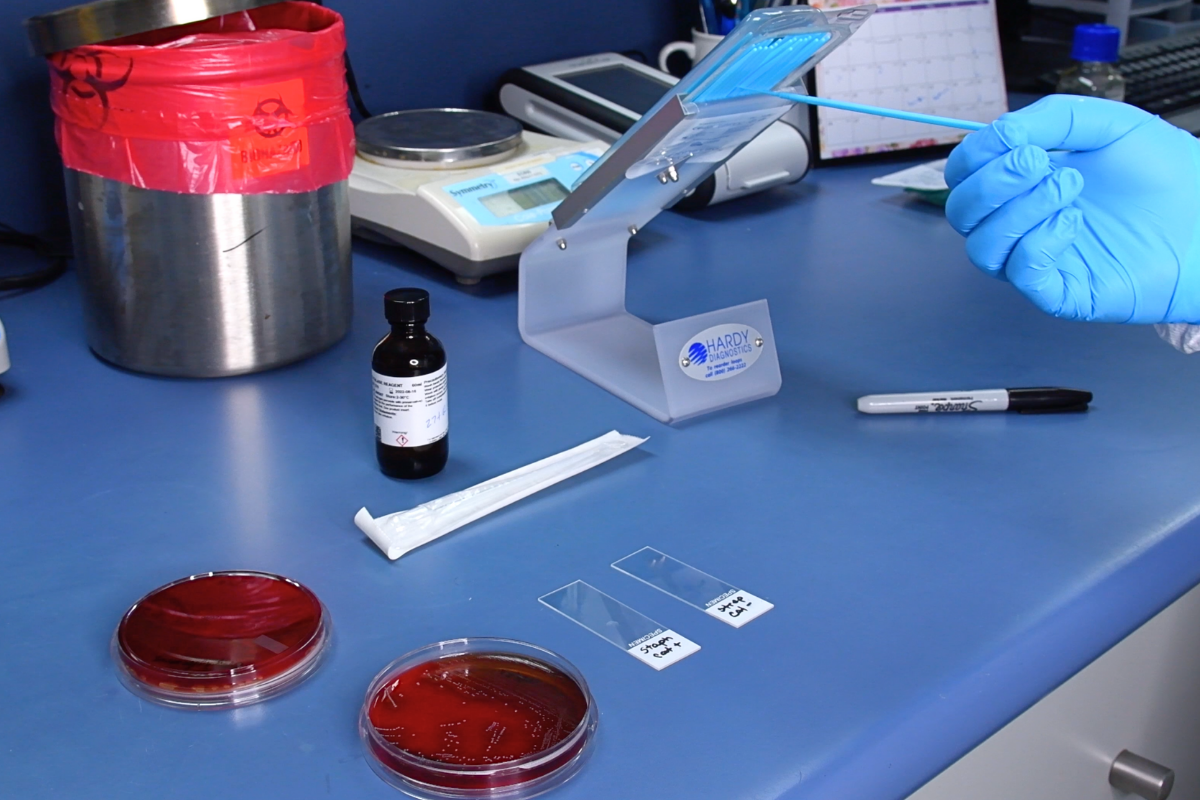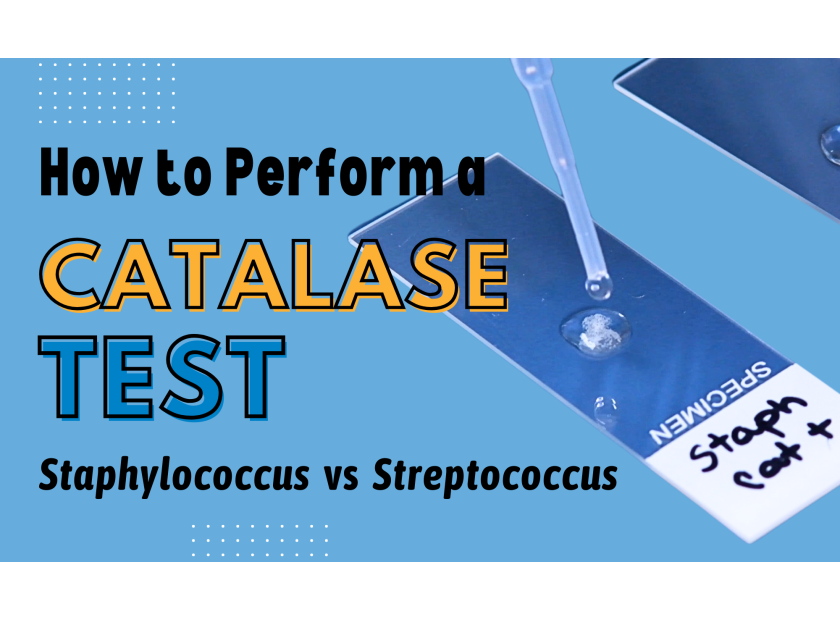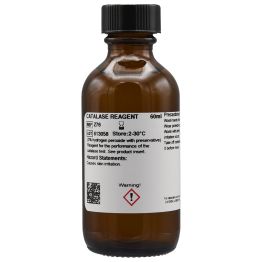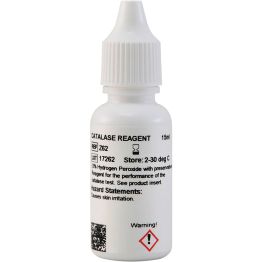How to perform a catalase test to differentiate Staphylococcus from Streptococcus
Performing a catalase test is a crucial diagnostic step in microbiology, especially when distinguishing between Staphylococcus and Streptococcus. While both are Gram-positive cocci, their catalase activity differs significantly, offering a reliable method for differentiation. Understanding and mastering the catalase test is essential for accurate microbial identification in clinical and laboratory settings.
In this tutorial, we will guide you through the catalase test procedure, explaining its principle, materials required, step-by-step execution, and interpretation of results. By the end of this guide, you'll have the skills to confidently perform and interpret catalase tests, empowering you to accurately identify Staphylococcus and Streptococcus strains in your microbiological investigations.
Let's delve into the fascinating world of bacterial differentiation!
Principle
Staphylococci and Streptococci are both round in shape, known as cocci. Streptococci form a chain of round cells, because their division occurs in one linear direction, whereas staphylococci divide in various directions forming grape-like clusters. (1)
The easiest way to differentiate between Staphylococcus and Streptococcus is the catalase test. Staphylococci are catalase positive whereas streptococci are catalase negative. Catalase is an enzyme used by bacteria to induce the reduction of hydrogen peroxide into water and oxygen. A positive reaction will produce bubbles of oxygen gas. (1)

You will need:
- 3% Hydrogen peroxide
- A pipet
- Glass slides
- Permanent marker
- Staphylococcus bacteria
- Streptococcus bacteria
- Inoculating loops
Step 1: Prepare your slides
Start by labeling your slides. Label one slide Staph Catalase + and the other Strep Catalase -
Using your sterile inoculating loop, touch an isolated Staphylococcus colony, then smear the organism on a clean glass slide in one even layer. Note that the microbial culture should be 18 to 24 hours old.
Next, using a new sterile loop, touch a Streptococcus colony, and smear it on the clean glass slide in one even layer.
Tip: If using blood-containing media, avoid touching the agar with your loop. Red blood cells contain catalase and may cause a false positive result.

Step 2: Dispense hydrogen peroxide
Using a dropper or pipet, release 2-3 drops of 3% hydrogen peroxide onto the Streptococcus slide, without mixing.
Repeat the process onto the Staphylococcus slide: release 2-3 drops of hydrogen peroxide without mixing.
Step 3: Observe the reactions
If the organism is catalase negative, there will be no bubbling effect.
Microorganisms that are catalase positive will exhibit a bubbling effect that indicates that the catalase enzyme is breaking down hydrogen peroxide into water and oxygen which you can see in the bubbles.

Final Notes
In conclusion, mastering the catalase test is an invaluable skill for any microbiologist, as it offers a simple yet effective method for distinguishing between Staphylococcus and Streptococcus species. By understanding the principle behind catalase activity and following the step-by-step procedure outlined in this tutorial, you can confidently perform and interpret catalase tests in your laboratory. Remember to exercise caution and adhere to safety protocols while handling microbial cultures and reagents. With practice and attention to detail, you'll become proficient in differentiating these important bacteria, contributing to accurate microbial identification and diagnosis. Happy culturing!
Hardy Diagnostics offers solutions for efficient catalase testing
Video Tutorial
Authors
Video created by Brian Tom
Videographer
Article written by Cierra Benavidez
Digital Marketing Lead











